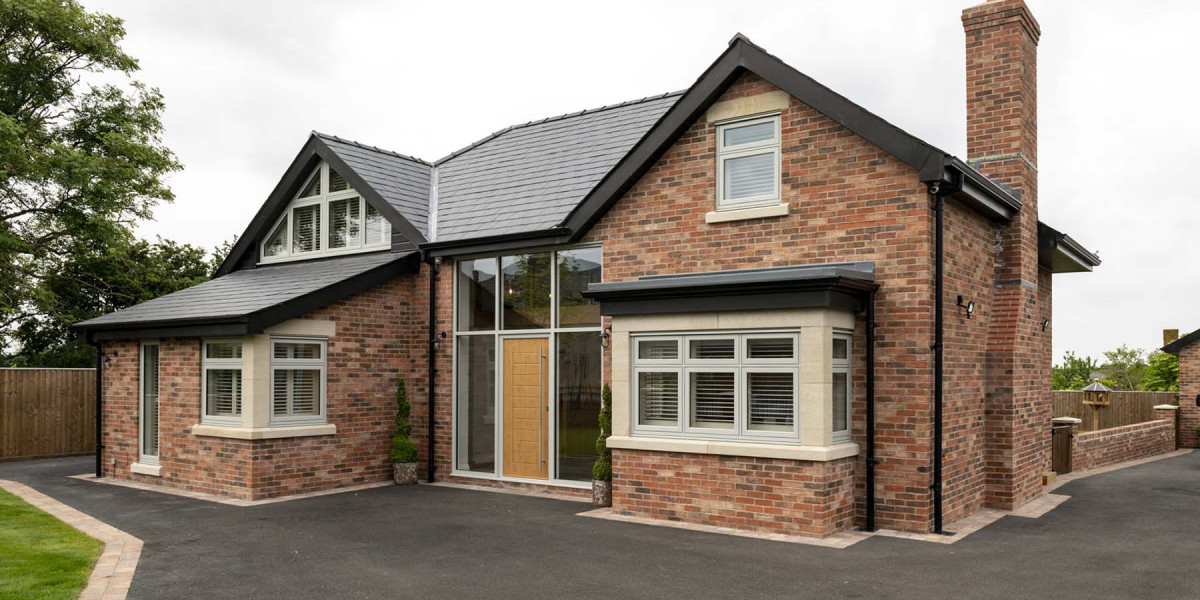Aerial power cable —also known as overhead cables—are conductors used to transmit electricity across distances by being suspended above the ground, typically using utility poles, towers, or other support structures. These cables are vital components in the global electrical grid, especially in urban, rural, and remote environments where underground systems are less feasible.
They serve as lifelines for power distribution, ensuring residential neighborhoods, industrial zones, and commercial centers have access to uninterrupted electricity. As energy demands surge globally and smart grid initiatives expand, the relevance of aerial power cables has never been greater.
Key Benefits of Aerial Power Cables
| Feature | Benefit |
|---|---|
| Cost-Effective | Less expensive than underground systems due to reduced excavation and labor |
| Quick Installation | Rapid deployment compared to subterranean alternatives |
| Easy Inspection | Accessible for routine maintenance and fault detection |
| Scalable Infrastructure | Simple upgrades and network extensions |
| Reliable in Diverse Terrains | Adaptable to mountains, forests, and flood-prone areas |
Types of Aerial Power Cables
Understanding the different types of aerial cables can help determine the best fit for specific applications.
1. All-Aluminum Conductor (AAC)
Lightweight and corrosion-resistant
Ideal for short spans and coastal environments
2. Aluminum Conductor Steel-Reinforced (ACSR)
Combines conductivity and tensile strength
Common in long-distance and high-voltage transmission
3. All-Aluminum Alloy Conductor (AAAC)
Superior strength-to-weight ratio
Enhanced corrosion resistance
4. Covered Conductor Cables
Insulated for better safety
Used in high-density residential zones
Aerial vs. Underground Power Cables: A Comparative Snapshot
| Criteria | Aerial Power Cables | Underground Cables |
|---|---|---|
| Installation Cost | Lower | Higher |
| Maintenance | Easier | Complex and costly |
| Lifespan | 30–40 years | 50–70 years |
| Safety | More exposed to weather | Protected underground |
| Downtime | Quick repairs | Longer restoration times |
How Are Aerial Power Cables Installed?
Step-by-Step Installation Process:
Route Planning
Identify and map the cable route considering environmental and regulatory constraints.Support Structure Erection
Utility poles or transmission towers are installed at predefined intervals.Cable Stringing
Using pulleys, cables are laid across poles or towers.Tensioning and Sag Adjustment
Ensures optimal conductivity and resistance to environmental stress.Testing & Energization
Thorough electrical and mechanical testing before system activation.
Safety Measures in Aerial Power Cable Deployment
Ensuring safety is non-negotiable in aerial installations. Key protocols include:
Safe clearance distances from ground, buildings, and other structures
Use of insulated tools and PPE during installation and maintenance
Weather monitoring systems to predict risks from storms or lightning
Routine inspections using drones, thermography, or line walkers
Environmental Considerations
With the global focus on sustainable infrastructure, aerial power cables are being optimized to reduce their ecological footprint. Considerations include:
Bird-safe designs (such as flappers and markers)
Eco-friendly pole materials (bamboo, recycled steel)
Minimized deforestation by routing around forested zones
Noise reduction in densely populated areas using dampers
Technical Specifications to Consider
| Specification | Typical Range |
|---|---|
| Voltage Rating | 11kV to 765kV |
| Temperature Tolerance | -40°C to +80°C |
| Conductor Diameter | 7mm to 35mm |
| Breaking Strength | Up to 300kN |
| Insulation Type | Bare or XLPE-covered |
Applications of Aerial Power Cables
Aerial cables are found in a range of environments:
Urban areas: Cost-efficient power routing in crowded cities
Remote regions: Transmission over mountains, rivers, or deserts
Industrial complexes: Support high-load operations
Renewable energy zones: Connect solar or wind farms to the grid
FAQs About Aerial Power Cables
Q1: How long do aerial power cables last?
A1: With regular maintenance, they typically last 30–40 years, depending on material and environmental conditions.
Q2: Are aerial cables safe during storms?
A2: Modern aerial systems are designed with lightning arrestors, dampers, and grounding systems to enhance storm resilience.
Q3: Can aerial power cables interfere with nearby communication lines?
A3: Yes, but with proper separation and shielding, electromagnetic interference can be minimized.
Q4: What is the best material for aerial cables?
A4: Aluminum alloy or ACSR cables are widely used due to their strength, conductivity, and cost-effectiveness.
Q5: Do aerial power cables affect wildlife?
A5: If not designed properly, they can. However, the use of bird diverters and safe routing helps reduce impact.
Expert Insight: What Makes a Reliable Aerial Power Cable Supplier?
When choosing a supplier, look for:
ISO-certified manufacturing standards
Track record in utility-scale projects
Custom engineering support
Availability of technical documentation
Responsive customer service
Reputable manufacturers offer third-party test reports, load capacity data, and installation guidance, ensuring long-term system stability and trustworthiness.
Tips for Optimizing Performance and Longevity
To maximize performance:
Use appropriate conductor size for load demand
Implement vibration dampers to reduce fatigue
Schedule semi-annual inspections using drone-assisted visual tools
Ensure proper grounding to protect from lightning surges
Apply anti-corrosion coatings in coastal or high-humidity areas
Future Trends in Aerial Power Cables
The next generation of overhead transmission includes:
Smart aerial cables with embedded sensors for real-time monitoring
Self-healing polymers to auto-repair minor damages
Green conductor coatings that repel dust and moisture
AI-powered fault detection systems to reduce downtime
As grid modernization continues, aerial power cables will remain central to efficient and intelligent energy distribution.








